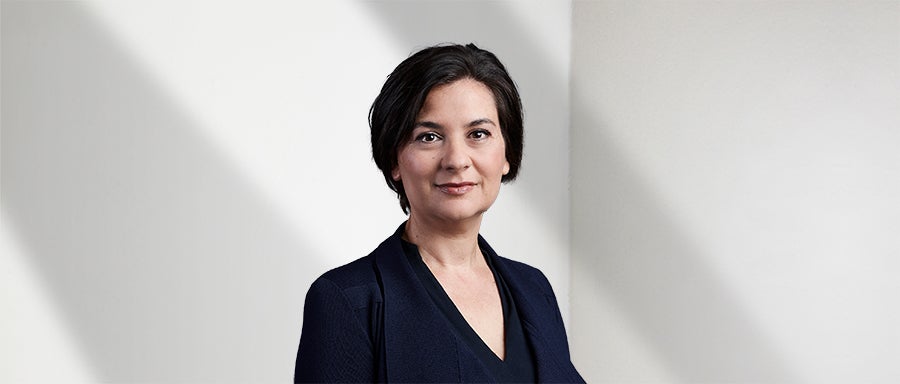In May 2020, two sites of sacred and cultural importance at Juukan Gorge in Western Australia were tragically destroyed after mining company Rio Tinto denotated explosives at this site.
The cave was a unique and sacred First Nations site with signs of continual occupation for hundreds of generations.
It provided a 4,000-year-old link to current traditional owners of the land - the Puutu Kunti Kurrama and Pinikura (Binigura) people - and held ‘staggering’ and priceless artefacts.
Shockingly, this demolition was permitted under the law.
Inadequate safeguards
Despite section 17 of the Aboriginal Heritage Act 1972 (WA) prohibiting the destruction, damage or alterations to an Aboriginal site, section 18 of the Act allows for the destruction, damage or alteration to an Aboriginal site if Ministerial consent is given.
Rio Tinto subsequently acknowledged the damage done. However, no apology or amount of money can repair the cultural harm caused.
This failure of corporate judgement and accountability, coupled with a failure of protective legislation, is just another example of the manifestly inadequate or consistent protection of tangible and intangible Indigenous heritage under Australian law.
Maurice Blackburn has fought to prevent damage to our Indigenous heritage, including the placement of radioactive waste facilities on Indigenous land and corporate misuses of gender restricted Indigenous stories.
In running these cases, Maurice Blackburn’s Social Justice team strives to promote the expansion and development of cultural heritage protection under Australian law, and supports those whose rights have been infringed.
However, this can be difficult when the law is simply inadequate.
Urgent reform is needed
There are some clear initial steps we can take to better protect First Nations cultural heritage in Australia. From a legislative perspective, relevant legislation should include a requirement that a Minister (when making determinations under the legislation) must consider the interests of relevant traditional land owners in their decision and allow for clear review mechanisms if any interested parties dispute this decision.
Second, proper consultation processes should be implemented, ensuring that the appropriate traditional owners in the room. For example, consulting with women in reference to women’s sacred sites.
There must also be a comprehensive heritage assessment of a proposed site done to best practice standards, involving the traditional owners as partners in this, before any ground disturbing works are commenced.
Importantly, any such legislative amendments or heritage assessments must reflect the standards found in the United Nations Declaration on the Rights of Indigenous People (UNDRIP), which establishes a set of minimum standards for the survival, dignity and well-being of Indigenous people.
It’s clear we need action at a national level to preserve our cultural heritage in Australia and First Nations voices must be leading this process. As we have seen with Juukan Gorge, the price of failing to heed these voices, or waiting any longer, is just too high.
We're here to help
Contact us today
Our social justice and human rights work
Our firm was founded on the belief that the law should serve everyone, not just those who can afford it. We believe in fighting back against unfair treatment and that the betterment of people and their livelihood is our greatest profit.
Easy ways to get in touch
We are here to help. Give us a call, request a call back or use our free claim check tool to get in touch with our friendly legal team. With local knowledge and a national network of experts, we have the experience you can count on.
Office locations
We’re here to help. Get in touch with your local office.
Select your state below
- VIC
- QLD
- NSW
- ACT
- WA
- SA
- TAS
- NT
We have lawyers who specialise in a range of legal claims who travel to Australian Capital Territory. If you need a lawyer in Canberra or elsewhere in Australian Capital Territory, please call us on 1800 675 346.
We have lawyers who specialise in a range of legal claims who travel to Tasmania. If you need a lawyer in Hobart, Launceston or elsewhere in Tasmania, please call us on 1800 675 346.
/MB_Melb_Nikki-Lees_300x300px_WEB.jpg)
/placeholder_white_shadow.png)
